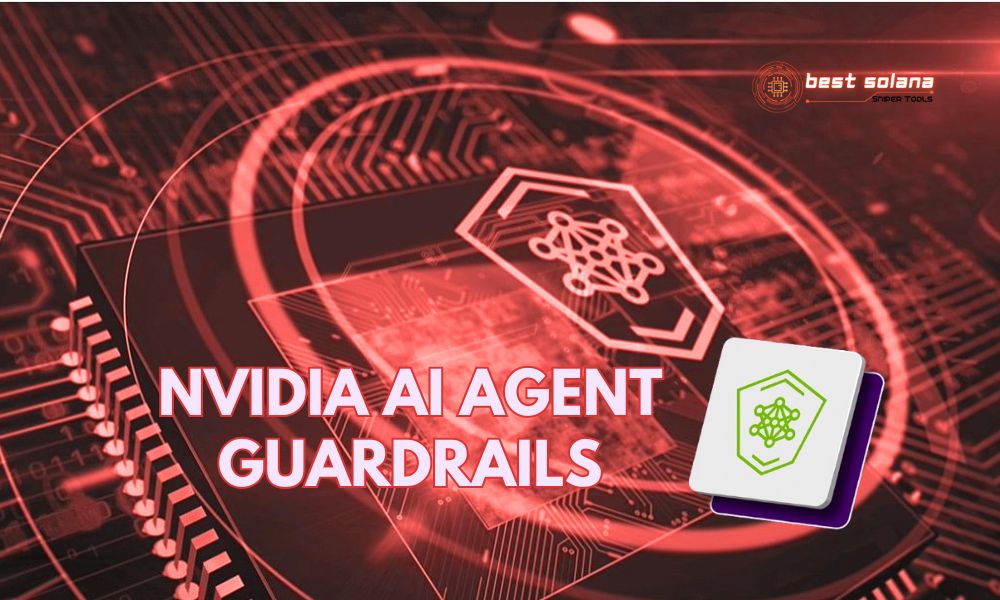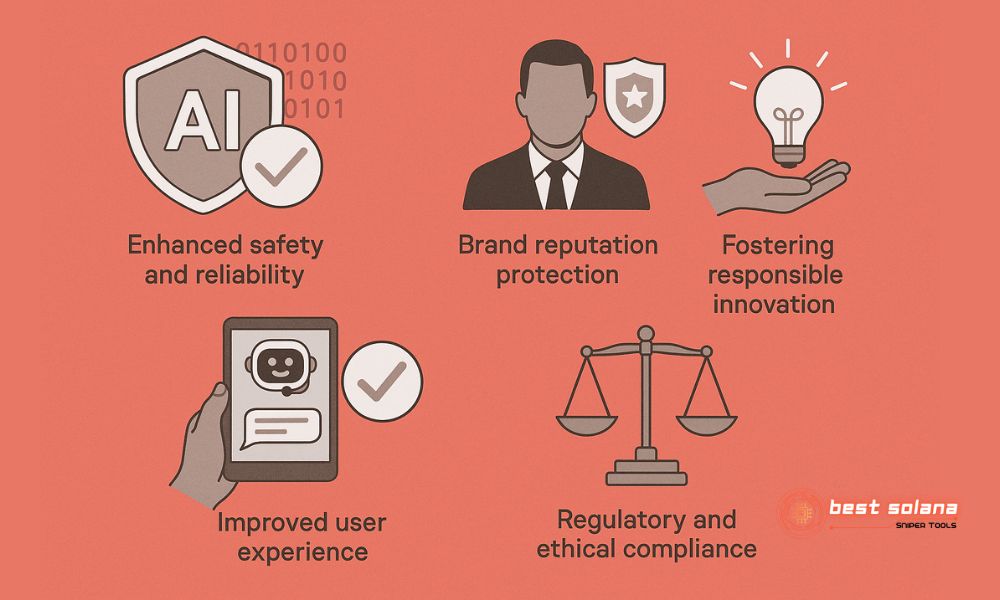Nvidia AI agent guardrails are a crucial set of mechanisms and policies designed to ensure artificial intelligence agents operate safely, responsibly, and ethically. These guardrails play a pivotal role in controlling AI behavior, preventing undesirable outcomes, and fostering trust in this rapidly advancing technology, forming a key part of responsible AI development.
Introducing nvidia ai agent guardrails
Nvidia ai agent guardrails represent a framework or a collection of tools and principles developed by Nvidia, aimed at establishing safe operational boundaries for AI agents. Imagine them as “safety railings” on a highway, helping vehicles (in this case, AI agents) stay in their lanes, avoid collisions, and not venture into dangerous areas.
These “guardrails” are more than just simple content filters. They encompass multiple layers of sophisticated control, from defining appropriate conversation topics and preventing hate speech or misinformation, to ensuring AI agents do not perform harmful actions or violate legal and ethical regulations. Nvidia, a leader in AI hardware and software, is heavily investing in developing such solutions, notably NeMo Guardrails, an open-source toolkit that helps developers easily integrate these protective layers into their AI applications. The development of such nvidia ai agent guardrails is a priority for responsible AI.

Why are nvidia ai agent guardrails important?
The swift advancement of large language models (LLMs) and their associated AI agents has introduced considerable challenges. Without robust protective measures, these AI systems can readily produce misinformation or “hallucinate” inaccurate content, which can adversely affect users and broader society.
Moreover, AI agents might display undesirable behaviors, deviating from their intended functions to deliver irrelevant or even toxic responses. They also risk violating ethical and legal standards by, for instance, generating discriminatory material, infringing on privacy, or breaching copyright laws, and can be exploited for malicious activities.
To address these multifaceted issues, nvidia ai agent guardrails offer a proactive control mechanism. By striving to prevent problems from the outset, rather than merely reacting to them, they help build crucial user trust and promote the responsible and sustainable deployment of AI.
Key components and workings of nvidia ai agent guardrails
An effective system of nvidia ai agent guardrails, such as found in NeMo Guardrails, typically includes the following components:
Input moderation: Analyzing and filtering user input. If a request contains inappropriate content, violates policies, or shows signs of an attack, the system will refuse to process it or issue a warning.
Topical guardrails: Ensuring the AI agent only discusses or performs tasks within predefined topic boundaries. For example, a customer support AI agent should not discuss politics.
Output moderation/Fact-checking: Reviewing and editing the AI agent’s response before it’s sent to the user. This includes removing harmful language, checking the factual accuracy of information (possibly integrating with external databases or APIs for verification), and ensuring the response adheres to established principles. This is a core function of nvidia ai agent guardrails.
Execution guardrails: Monitoring and limiting the actions an AI agent can perform, especially when the AI agent has the capability to interact with external systems or execute transactions.
Logging and monitoring: Continuously tracking the AI agent’s activity and the “guardrails” to detect issues early, collect data for improvement, and ensure transparency.
The operational method often relies on defining “rails” (rules) in natural language or code. When an AI agent receives a request or prepares a response, these “rails” are triggered to check and intervene if necessary. The flexibility of nvidia ai agent guardrails allows for customization.
Benefits of implementing nvidia ai agent guardrails
Adopting nvidia ai agent guardrails offers numerous practical benefits for developers, businesses, and end-users alike:
- Enhanced safety and reliability: Minimizing the risk of AI generating harmful, false content, or performing unwanted actions.
- Improved user experience: Ensuring interactions with AI agents are positive, helpful, and appropriate.
- Brand reputation protection: Preventing AI-related incidents that could damage a company’s reputation.
- Regulatory and ethical compliance: Helping AI applications adhere to increasingly stringent legal requirements and ethical standards.
- Fostering responsible innovation: Allowing developers to more confidently explore and deploy new AI applications, knowing protective measures are in place. The future depends on robust nvidia ai agent guardrails.

Challenges and the future of nvidia ai agent guardrails
Despite their many benefits, developing and deploying nvidia ai agent guardrails also faces challenges. Balancing the level of control with the AI’s flexibility and creativity is a difficult equation. Overly strict “guardrails” can reduce AI performance and utility, while too-lax ones fail to ensure safety.
Furthermore, AI threats and attack techniques are constantly evolving, requiring “guardrails” systems to be continuously updated and improved.
Nvidia and the AI community are actively researching more advanced methods, including using AI itself to monitor and enhance “guardrails,” as well as developing common standards for AI safety. The evolution of nvidia ai agent guardrails is ongoing.
In the future, nvidia ai agent guardrails will become increasingly intelligent, flexible, and deeply integrated into every stage of the AI development lifecycle. They will not just be an add-on feature but a core, indispensable component for ensuring a safe, trustworthy AI future that benefits all of society.
In summary, nvidia ai agent guardrails are an essential solution for ensuring AI develops positively and responsibly. To stay updated with more useful information on technology and AI, don’t forget to follow the latest posts on our Best Solana Sniper for insightful content.
